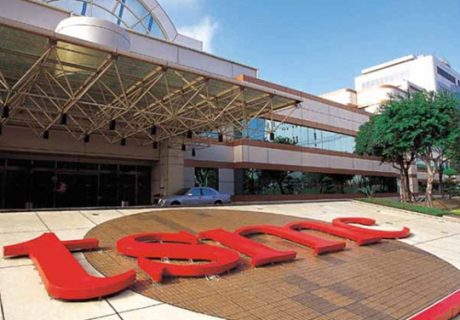Intel 10nm is more like 7nm of TSMC’s in terms of density, performance and power efficiency. Intel decided not to use EUV caused them a lot of time, but it appears that they are going to use EUV in their upcoming 7nm product. Once they got their 10nm circuit done, they can move to 7nm quickly. By the way, TSMC’s 7nm product only consists 10 -15% of their production line in 2018 and into 2019, when Intel goes into 10nm product, it will start with 50% or higher. They are in a different ball game to compare ( with TSMC and Intel).
Intel said that it’s making progress on improving 10-nm yields and reiterated its pledge to have 10-nm chips shipping by the 2019 holiday season.
In a conference call with analysts following a financial report that beat analysts’ expectations for the 12th straight quarter, Venkata (Murthy) Renduchintala, president of Intel’s Technology, Systems Architecture and Client Group, said that 10-nm yields are now tracking roughly in line with what the company experienced at the 14-nm node when it prepared to make that transition.
“We’re still very much reinforcing and reaffirming our previous guidance that we believe that we’ll have 10 nm shipping by holiday of 2019,” said Renduchintala. “And if anything, I feel more confident about that at this call than I did on the call a quarter ago. So we’re making good progress, and I think we’re making the quarter-on-quarter progress that’s consistent with prior generations having reset the progress curve.”
Intel has been dogged by yield issues at the 10-nm node, causing the company in April to delay the launch of 10-nm products until next year.
The 10-nm progress report came on the heels of a strong third-quarter report by Intel, which beat Wall Street’s estimates for sales and profit again, largely on the strength of a record quarter for its data center business segment.


















